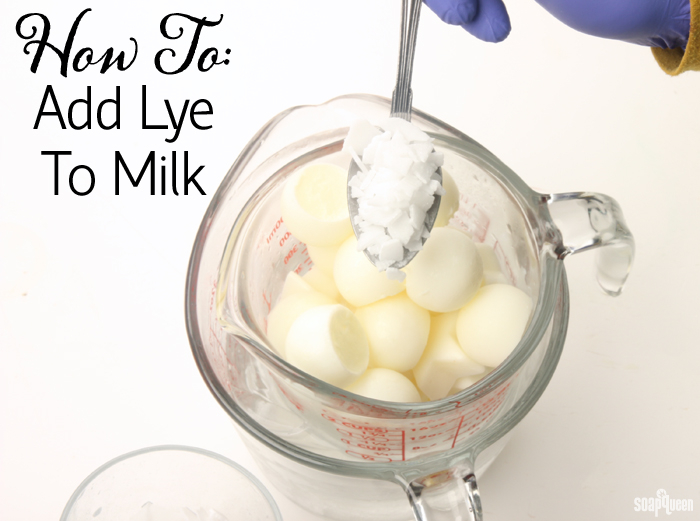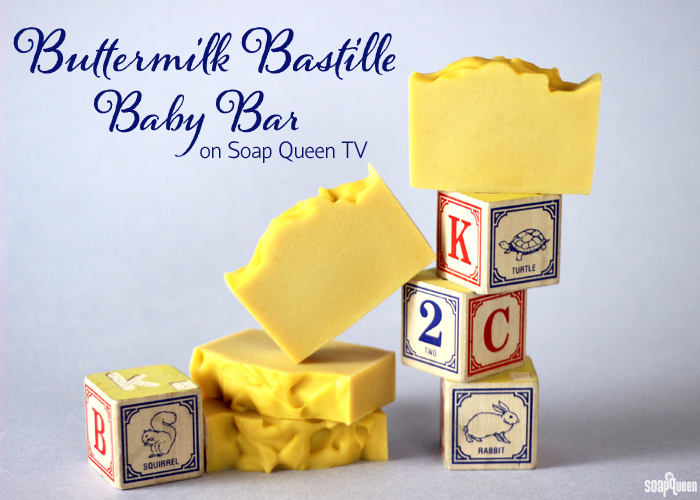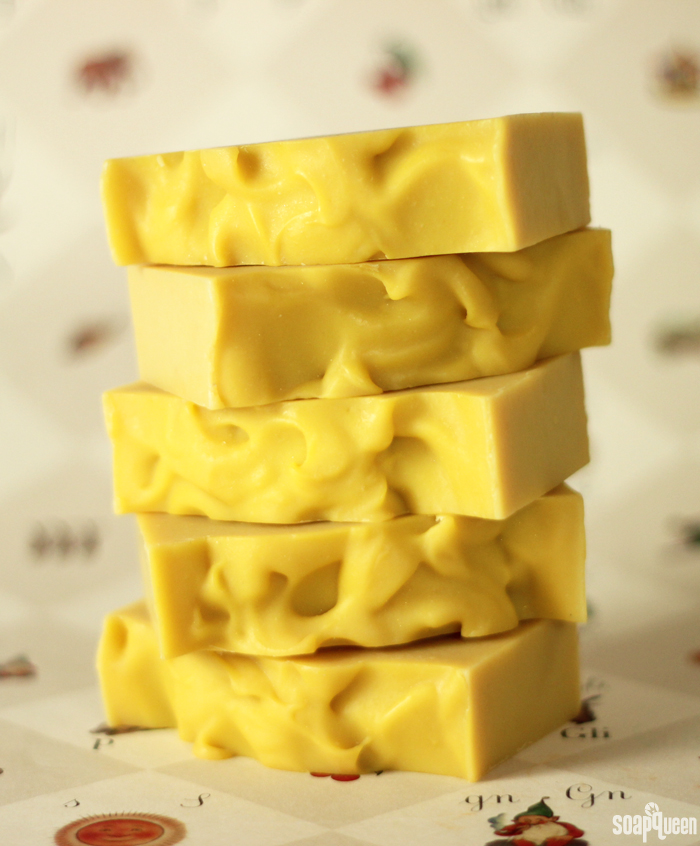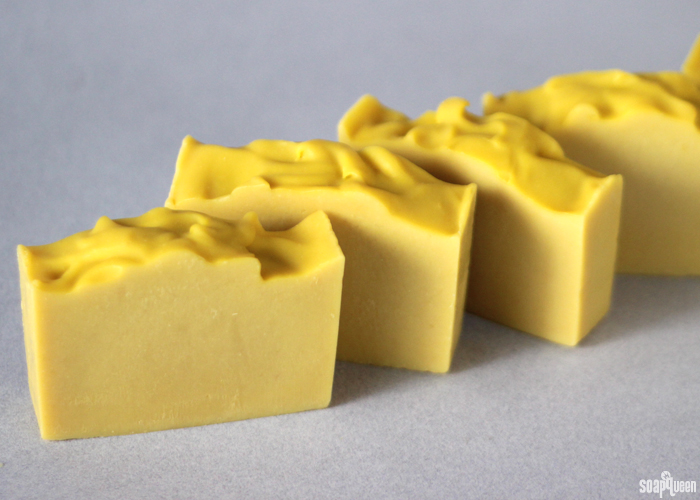Using milk in cold process soap gives it a luxurious and creamy feeling. For the next couple weeks, the blog will be full of projects made with milk. Adding milk to your cold process soap is different than using distilled water. If milk gets too hot, it can scorch. That creates an unpleasant smell and can discolor your soap. To prevent milk from scorching, it helps to freeze it beforehand. Then, add the lye slowly and stir well. Learn more in the How to Add Lye to Milk for Cold Process Soap Post.




